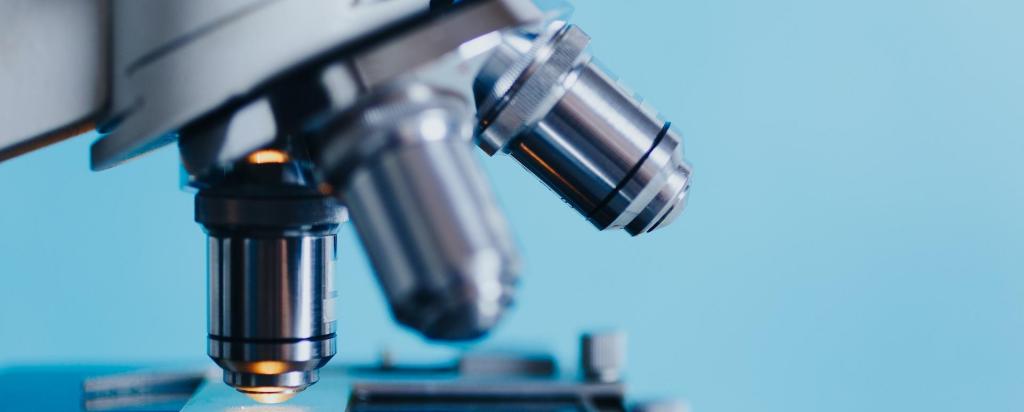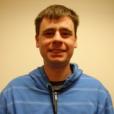
Pelican - Time-of-Flight Spectrometer
The instrument is designed to measure inelastic neutron scattering, or do neutron spectroscopy.

Showing 121 - 140 of 282 results

The instrument is designed to measure inelastic neutron scattering, or do neutron spectroscopy.
Nuclear power is used as a reliable and clean energy solution in most OECD countries and many other parts of the world. Although it is banned in Australia, a number of government reviews are looking at current prohibitions on nuclear power.

At ANSTO we understand that diverse teams produce better outcomes – and we value the merit that a diverse perspective can bring to the quality and outcomes of our work, and the way we get the job done.
The Advanced Diffraction and Scattering beamlines (ADS-1 and ADS-2) are two independently operating, experimentally flexible beamlines that will use high-energy X-ray diffraction and imaging to characterise the structures of new materials and minerals.
Come and discover the world of nuclear science at ANSTO - book a school tour in Sydney today.
Using isotopes to understand saltwater intrusion of Rottnest Island groundwater
Inspiring young women to be part of next generation of scientists.
Research to understand how contaminants move through the soil and affect ecosystems and humans as well estimating emissions.
Shift in the treatment of blood cancers taking place.
ANSTO expertise provides much-needed information about groundwater resources in the Mozambique capital and district.

The independent nuclear regulator, ARPANSA, is currently accepting submissions about ANSTO’s planned $59.8 million Intermediate Level Solid Waste Storage Facility.
ANSTO has almost seventy years of experience in advancing an understanding of the management of spent nuclear fuel and delivering safe and reliable forms for radioactive waste.

ANSTO has agreed to participate in an Australian trial of a review of research infrastructure access proposals in which applicants remain anonymous to aid the removal of structural barriers to the career progression of Women in STEM.

Research to characterise how radioactive contaminants impact the surrounding environment.

The SAAFE Program supports early career researchers at PhD and Postdoctoral level to expand research and innovation activities within Human Health, the Environment and the Nuclear Fuel Cycle, to initiate sustainable research networks and linkages to support Australia, New Zealand and France research and innovation.